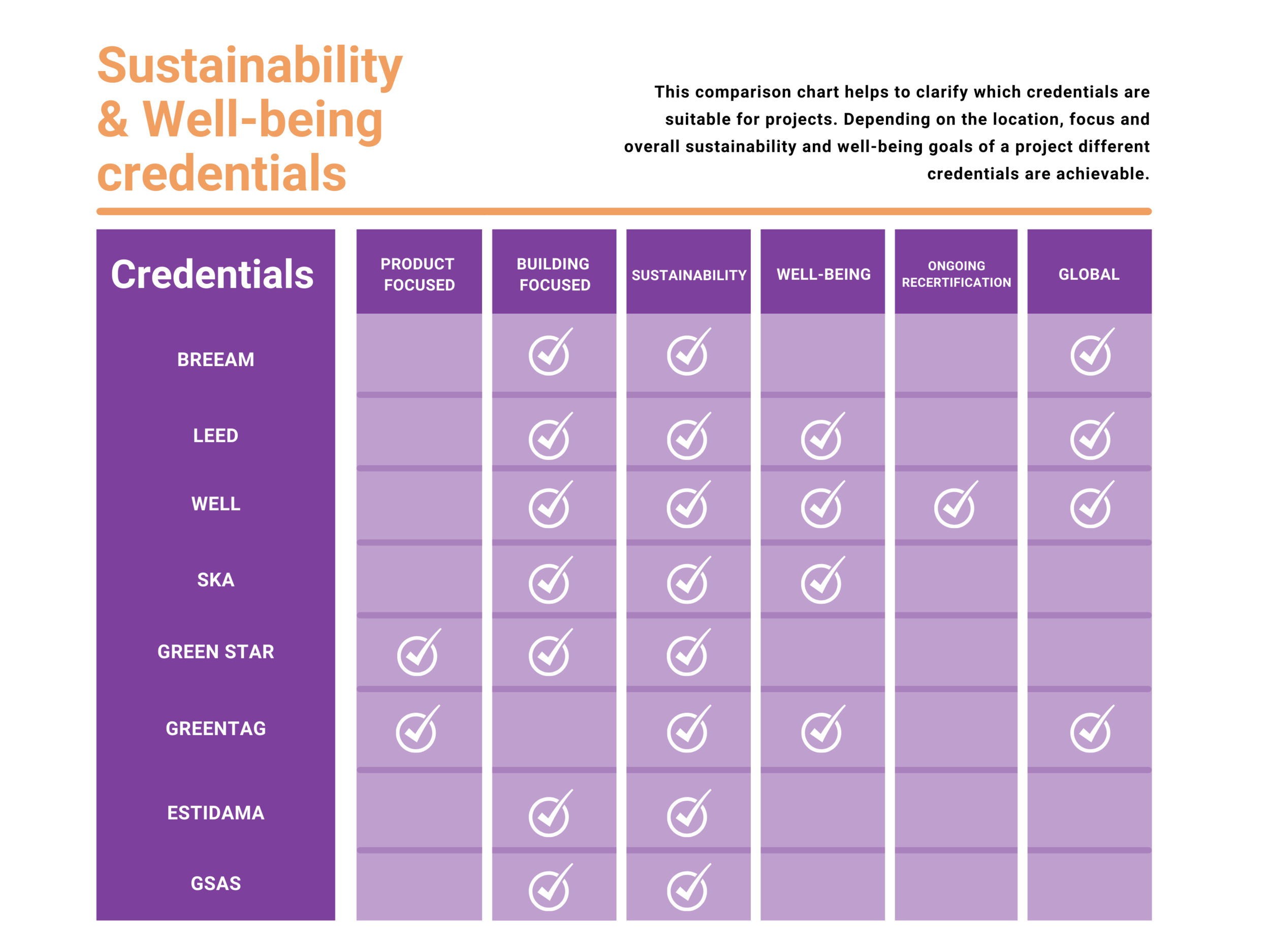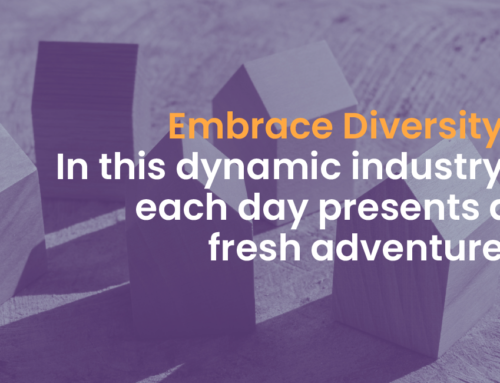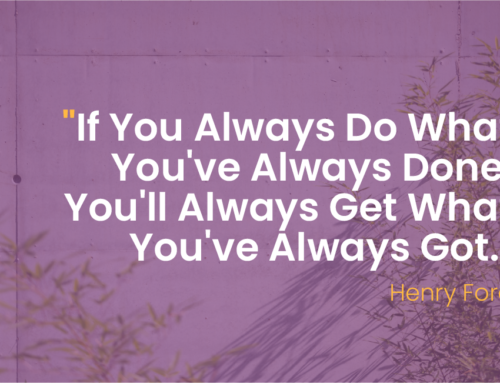A Guide To Sustainability And Well-Being
Here at Built for Marketing, sustainability and well-being underpin our core values. As concerns grow in relation to climate change, as well as customer centric living conditions and the overall quality of life provided, we understand that sustainability and well-being are just as important to our clients as they are to us. We do everything we can to make sure we are eco-conscious and provide a sustainable working (and home) environment for both our team and the planet! Often it’s the little things that can make a huge difference, from recycling and turning off the lights at the end of the day to updating our knowledge on credentials and current environmental issues, we are always on the hunt for more ways to make a difference.
Recent studies have highlighted that the construction industry is responsible for 36% of worldwide energy usage and 40% of all CO2 emissions. Therefore, there is increasing pressure for construction firms to reflect on the sustainability of their projects and the overall impact they are having on the world around them. Implementing sustainable design in construction can be hugely beneficial both financially and socially as well as on an environmental level. With a broad scope of certification available it is crucial to understand what credentials are achievable for your project, and ensure you are working with suppliers who understand this too. Here is our guide to sustainability and well-being credentials to get you started.
1. Building research establishment environmental assessment method (BREEAM)
BREEAM is a global rating system that is available in over 76 countries, providing a world leading sustainability assessment method for master planning projects, infrastructure and buildings. Through analysing the built environment lifecycle using standards developed by the Building Research Establishment, BREEAM evaluates an assets social, economic and environmental sustainability performance. This is then measured through a certified BREEAM rating, overseen by a qualified and licensed BREEAM Assessor. BREEAM ratings are reflected in a series of stars on the BREEAM certificate which indicate whether a project is of an acceptable, pass, good, very good, excellent, or outstanding level. The sustainable value of a project is measured through a series of categories that address influential factors including low impact design; carbon emissions reduction; design durability & resilience; adaption to climate change; and ecological value & biodiversity protection. Each category is comprised of assessment issues with individual benchmarks, targets and aims. Once these targets are reached credits are scored which contribute to the overall category score for that development or asset. The final BREEAM rating is calculated through the sum of the combined category scores.
How to get a BREEAM rating:
- Decide which BREEAM standard applies to your development.
- Appoint a licensed BREEAM assessor to assess your project or building to the correct BREEAM standard.
- Register your project for assessment through your appointed licensed assessor.
- Carry out a pre-assessment with the assistance of your licensed assessor, utilising their experience and expertise.
- As you progress, collate the necessary project information & pass this to your assessor.
- Your licensed assessor will review the information and determine the standard.
- Your licensed assessor will submit their assessment to the certification body for a certification decision.
- Receive your listed BREEAM certificate.
Leadership in Energy Environmental Design (LEED)
LEED certification aims to benefit people, planet and profit through promoting resource-efficient, high-performing, healthy and cost-effective projects around the world. The green features of a neighbourhood or building are independently verified and rated using a points system that assesses nine key areas for sustainability (integrative process, location & transportation, sustainable sites, water efficiency, energy & atmosphere, materials & resources, indoor environmental quality, innovation and regional priority.) A project can earn one of four LEED rating levels: Certified, Silver, Gold or Platinum. To achieve certification projects are subjected to a rigours process that challenges teams and encourages them to consider outside-the-box solutions. Nevertheless, LEED certifies 1.85 million square feet of construction every day.
Steps to LEED Certification:
- Register
- Submit your completed, comprehensive, certification application through LEED online and pay a certification review fee.
- The LEED certification is reviewed by the Green Building Certification Institute.
- Receive certification and measure project performance.
WELL Building Standard
The WELL Building Standard is a people-centric credential that aims to enhance human health and well-being through setting performance standards for policies, operational protocols and design interventions on a global scale. The WELL Building Standard performance-based system measures elements that impact human health and well-being. To receive WELL v2 certification every project must undergo performance verification in which building performance measurements, in relation to operational strategies, policy and design, are tested. This testing is completed according to the International Well Building Institute sampling protocols that centre around the 10 concepts of WELL v2 (air, water, nourishment, light, movement, thermal comfort, sound, materials, mind and community). Preconditions that are tested receive points based on the extent to which they address a specific health and wellness concern or opportunity for health promotion. All of the 23 WELL Building Standard preconditions must be met to receive certification. The maximum number of points available for each scorecard is 110.
WELL Certification Process
- Registration
- Documentation requirements
- Performance verification
- Certification
- To earn Silver, you have to meet all of the preconditions.
- To earn Gold, you have to earn 40% of the applicable optimisations, as well as all preconditions.
- To earn Platinum, you have to earn 80% of the applicable optimisations, as well as all preconditions.
- Recertification
SKA Rating
The SKA rating system is the Royal Institution of Chartered Surveyors (RICS) environmental assessment method and sustainability award body for UK construction. SKA rating certification is obtained through assessing energy & CO2 emissions, water, waste, materials, pollution, wellbeing and transport against a set of sustainability good practice criteria. SKA ratings can be embedded in standard processes to demonstrate commitment to following sustainable specification and procurement processes. Thus, evidencing an organisations dedication to best practice in minimising the environmental impact of construction projects and operations generally. The SKA assessment process follows a formal, quality assured scheme which ranks good practice measures on their feasibility and impact on the environment. An asset is scored from 1-104 which then forms the basis for the three levels of accreditation that can be achieved: Gold, Silver, Bronze.
SKA Assessment Process:
- Design/planning – identify the measures and issues in project scope and set the environmental performance standards for how the project will be delivered.
- Delivery/construction – Gather suitable evidence to prove that the set specifications have been delivered on and that the performance and benchmarks have been achieved.
- Occupancy stage assessment – Review of overall fit-out performance against its original brief a year on from the project completion date.
Green Star
Green Star is Australia’s leading sustainability rating system for communities, buildings and fit-outs. The sustainability of a project’s attributes are assessed through impact categories that address a specific ‘group’ of assets in relation to their sustainability impact, these are individually referred to as credits. Each credit is a criterion for certification as it addresses an initiative that improves or has the potential to improve a projects sustainability performance.
Green Star Assessment Process:
- There are four rating tools available for specification:
- Green Star-Communities (certify a plan for a precinct-scale development)
- Green Star buildings & Green Star – Design & AS Built (Certify the design & construction or major refurbishment of a building)
- Green Star – Interiors (Certify the interior fit-out of a building)
- Green Star – Performance (Certify the operational performance of an existing building)
- Green Star assesses individual building operations against nine categories, these being; Management, indoor environment quality, energy, transport, water, materials, land use & ecology, emissions and innovation. Within each category is an array of credits that are individually weighted.
- Each credit defines a clear outcome that a project must meet and is weighted through a varying point system.
- After all the credits of a project have been assessed, the total number of points is calculated and compared against the Green Star rating tool.





